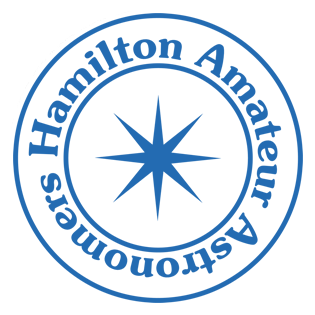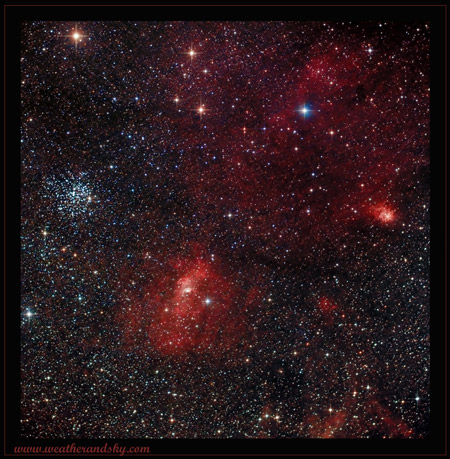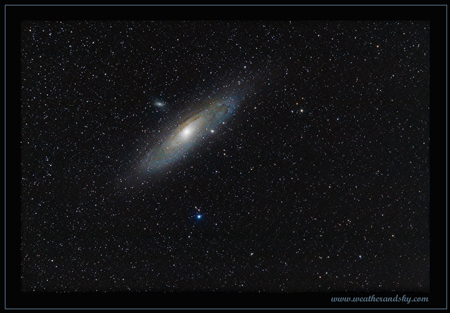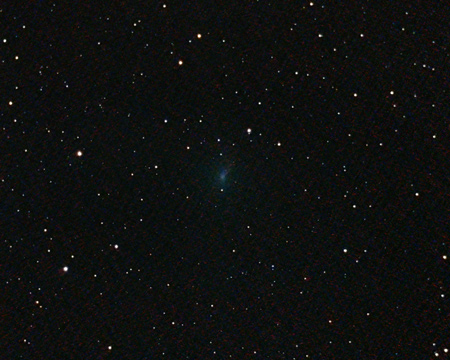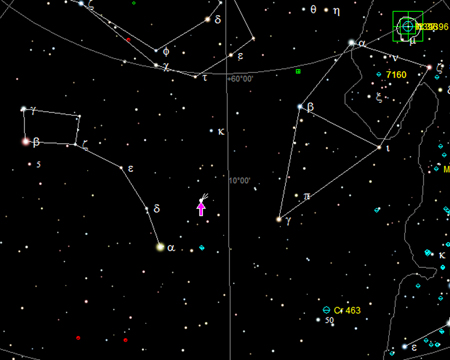I was delayed trying to cross the skyway bridge and arrived at Binbrook Conservation Area at about 10 PM. There were already members in the park so i let myself in by operation of the combination lock, drove with lights on to the top of the hill, then put them out to drive the rest of the way, with a tiny flash of the hi-beams a couple of times to make sure i was not driving off the road. Hmmm. I am thinking small tea-lights along the road might guide drivers along that last section.
By then John, Brian and Gavino had all set up scopes, and were looking at Jupiter. My laser pointer was a big hit, allowing John to point out a number of DSO’s and other features of the sky. This was first light for Brian’s scope, so we had to plan for some kind of mishap, which seems to always accompany first light events.
The Milky Way was easy to see, but there was some ominous fog on Harrison road as i approached the park. Pretty soon, while looking for M22 in Sagittarius, Ann noticed it was remarkably hard to find. The answer was that dew had formed on the corrector plate of Gavino’s telescope, and for him the evening was over. We discussed various dew-busting strategies, including taking the scope into the car and letting the heater blow on it for a while, but without a dew shield, it would just dew over again immediately, so it was time to pack it up.
Fortunately, i had my tripod and 15×70 binoculars handy, and we were able to poke around Sagittarius for a few DSO’s including M22 and M16 in the same frame. The lineup at my binoculars got pretty long with all 8 people at the park queuing at one point.
At about midnight, defeated by dew, we packed up and headed for Tim Hortons where, for a change, all the donuts had not yet been discarded. I went home with the intention to buy a 12v hair dryer for dew busting in time for the upcoming Black Forest Star Party next week in Pennsylvania. I failed on that count, but i will get a low wattage hair dryer and plug it into my power tank as the next best thing.
